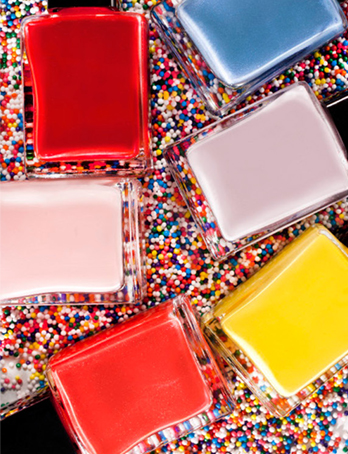our address
NO.253, Suida Rd. Suilun Industrial Zone, Pinghu, Jiaxin, Zhejiang, China
Our phone number
+86-573-85845189
NO.253, Suida Rd. Suilun Industrial Zone, Pinghu, Jiaxin, Zhejiang, China
+86-573-85845189
The earliest raw material used in the manufacture of pe […]
The earliest raw material used in the manufacture of perfume bottles was bai silica, that is, glass.
The earliest extraction of incense by the ancient Egyptians can be
traced back to 4000 BC. Spread in the ruins of the huge temples on both
sides of the Nile River, the ancient flavor laboratory is still
preserved. Gulna is a tomb robber and snowflake Stoneware is a famous
village. The temple ruins there are a veritable open-air museum, the
walls are covered with narrative paintings and ancient Egyptian
hieroglyphs. The entire temple is surrounded by a 137-kilometer wall.
Hidden northwest of the multi-pillar hall, In a small room with neither
windows nor ventilation equipment, this is the fragrance laboratory. At
first glance, it is more like a spice storage room. In the sealed stone
room, the wall is filled with beautiful hieroglyphs and bas-relief
paintings, records Many historical flavors and balsamic formulas. The
process of configuring flavors is as rigorous and mysterious as the
preparation of potions. For example, the ingredients from which region
are used, how much each ingredient is added and the order of addition,
whether it needs heating and the heating time There are regulations on
the method of soaking, what kind of utensils should be used, and what
color and weight should be presented in the final result.

These formulas are often validated by modern science. For example, an
ancient toothpaste formula: one percent ounce of rock salt and dried
iris flowers, one fifth ounce of mint, and twenty peppers. The effect of
iris on teeth, soon It was only proven by scientists before.
The ancient Egyptians were also very familiar with aromatherapy.
Different uses have special recipes that contain many ingredients. The
ancient Egyptians also put pepper, cinnamon, dianthus flowers, fennel
and mallow seeds in the preparation of food. Pepper, curry powder,
cumin, and other typical Arabic spices are now added to this list of
edible spices. Egyptians have long understood that soaking bandages with
myrrh and yew essence can play a disinfecting role. Blue lotus and
lily, these essences used in daily life not only make the air fragrant,
but also can be used to treat diseases, and are widely used in
celebrations and sacrificial activities.
Even before Arab artisans made glass essence bottles, Egypt in the
Pharaoh era had learned the core glass styling techniques from the
Mesopotamians to make matching containers for their perfumes, essential
oils or balsams.
NO.253, Suida Rd. Suilun Industrial Zone, Pinghu, Jiaxin, Zhejiang, China
+86-573-85845189
info@ltz-packaging.com
Be a leader in your field haohong

